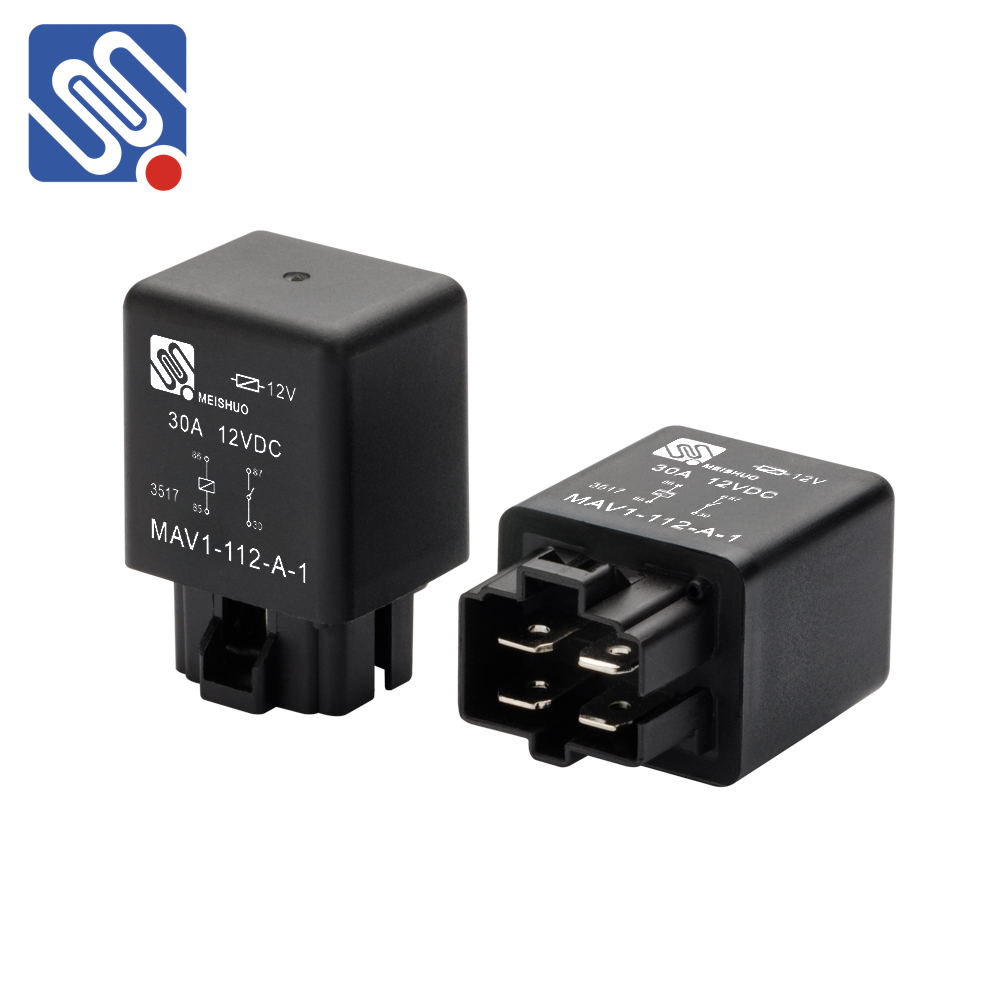Relays are essential components in electrical circuits, acting as switches that open or close circuits in response to an electrical signal. They are used in various applications ranging from industrial automation to telecommunications and automotive systems. However, with a wide variety of relays available on the market, understanding their specifications is key to choosing the right one for specific applications. This article compares different relay specifications, providing an in-depth look at their key characteristics and performance features.

1. Types of Relays Relays come in various types, with the most common being electromagnetic, solid-state, and thermal relays. Each type operates based on different principles: Electromagnetic Relays (EMRs): These are the traditional relays that use an electromagnet to open or close the contacts when energized. They are widely used for controlling high-voltage systems in power circuits. Solid-State Relays (SSRs): These relays use semiconductor components to perform switching tasks without any mechanical movement. SSRs are known for their durability and are ideal for applications requiring rapid switching.